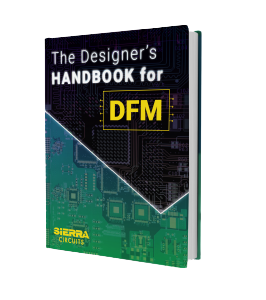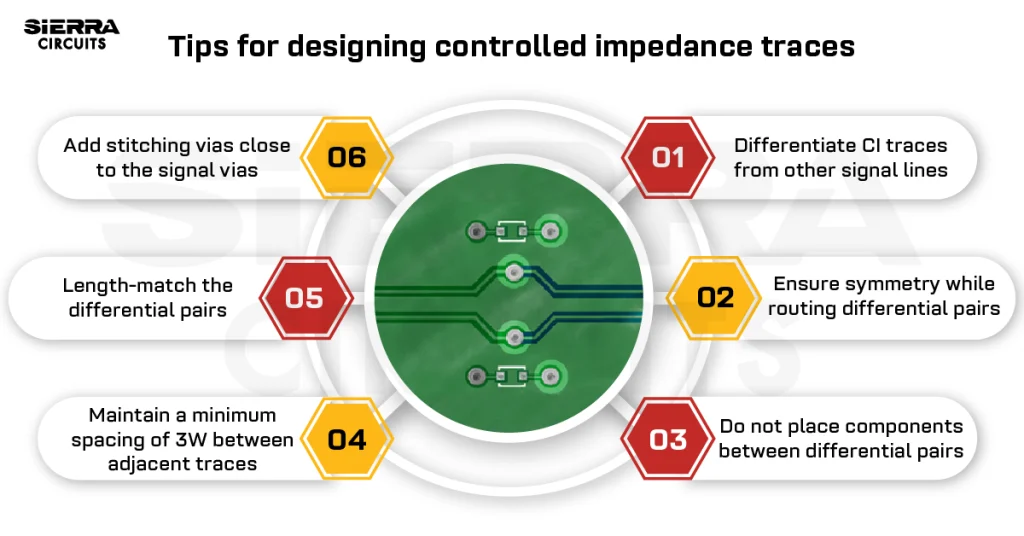Contents

On-demand webinar
How Good is My Shield? An Introduction to Transfer Impedance and Shielding Effectiveness
by Karen Burnham
A PCB design must weigh the PCB manufacturing needs and requirements; namely, how to ensure your design supports an efficient, effective PCB manufacturing process. A successful printed circuit board requires careful planning beyond the design, materials used, and components soldered.
This entry will spotlight some best practices for designers for PCB manufacturing.
Becoming a PCB Manufacturing Master
Designing with a focus on manufacturing requires taking a big-picture approach to PCB construction. The following are four tips that will help designers strike a balance between design and manufacturing.
1. Put a DFM Plan in Place
DFM stands for design for manufacturability, the principle of designing products with manufacturing in mind. This concept is essential to the entire PCB process. A comprehensive DFM plan will provide designers with general guidelines to minimize manufacturing problems, and therefore cost.
“Here are DFM guidelines designers should keep in mind for all PCB projects.”
There are certain DFM guidelines designers should keep in mind for all PCB projects. These include choosing components with lead time or availability in mind, and utilizing components that can be placed and packaged by automated machines. Working directly with companies like Sierra Circuits can help designers meet DFM standards, as well as ensure they’re working with an EMS provider that suits their needs. There are online tools available that allow designers to check DFM, providing detailed information based on PCB design files regarding any potential rule issues.
2. Opt for Simplicity
While PCB designers must keep core manufacturability rules and their own specific design rules in mind, there are general strategies they can use to encourage more orderly, cost-effective manufacturing. In general, these boil down to opting for simplicity whenever possible.
For example, the greater the number of different-sized components, the longer and pricier the manufacturing process is likely to be.
PCB manufacturing has increasingly become automated, making it important for designers to concentrate on layouts that lend themselves to seamless reproduction, which will minimize the necessity of manual corrections.
Visit our blog post on pcb design review and layout clean-up to learn how to reduce layout errors.

3. Selecting the Right Manufacturer
Besides design, choosing your manufacturer is a crucial element for guaranteeing a smooth production process. Designers must find a PCB manufacturing partner in the right location, possessing a respected reputation, comprehensive customer support and the capabilities to produce high quality at high volume.
Once a manufacturer is selected, designers can work directly with that firm to make sure their designs are manufacturable, allowing them to update designs early on instead of further in the process, when such an issue will inevitably be more costly and time-consuming.
4. Keep Time Top of Mind
Designers should treat time like any other important resource during the PCB design process. First, designers should involve PCB manufacturing partners as early on as possible, since they can provide invaluable feedback and guidance. From there, adhering to a strict timeline to produce prototypes will help designers not only stay on schedule but also recognize and address any design problems before ordering components for production.
Opting for a single fab house for your PCB prototype and bulk production requirements can also reduce production time and time to market. Sticking to a timetable requires careful planning on the part of designers. Such planning makes it easier to spot problems, find solutions and support organized, successful manufacturing.
Try our free Better DFM tool before ordering your next boards.

Design for Manufacturing Handbook
10 Chapters - 40 Pages - 45 Minute ReadWhat's Inside:
- Annular rings: avoid drill breakouts
- Vias: optimize your design
- Trace width and space: follow the best practices
- Solder mask and silkscreen: get the must-knows
















